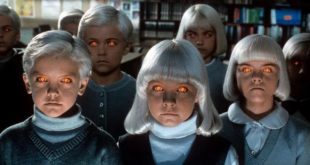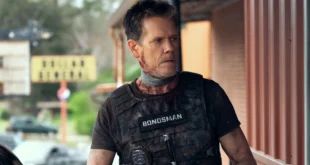Let’s face it… horror by its very nature is a lightning rod for controversy. It’s the genre of film tailor-made to push the envelope, to take things to extremes where others would dare not tread. We live to test the limits of decency, to see just how much we can push boundaries. When does it all go too far?
For connoisseurs of more extreme cinema, there are certain films that are always discussed in hushed tones. You know the ones: A Serbian Film (2010), Salo (1975), the Guinea Pig series (both the Japanese originals, and now their American counterparts), August Underground (2001), The Bunny Game (2001), the Human Centipede films… the list could go on and on. Merely mentioning these movies often sparks heated arguments over their merits. Are they masterpieces or pure filth? Films with something to say or mindless violence for the sake of violence?
One of those hotly debated films just turned 40 years old on Feb 7, 2020, and it ranks as one of the most controversial of the bunch: Ruggero Deodato’s Cannibal Holocaust (1980). It created a massive stir then, and 4 decades later, it’s still making tremendous waves. That’s quite the testament to its undeniable impact and longevity. So what makes Cannibal Holocaust so unique?
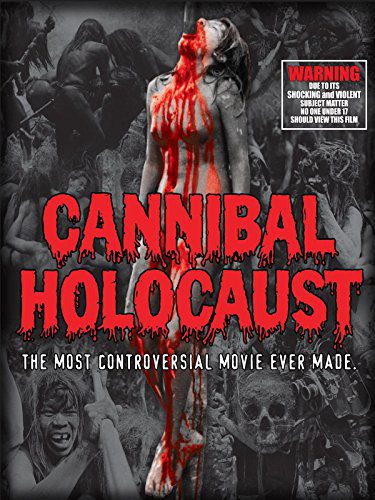
If you’re unfamiliar with the story, Cannibal Holocaust details the journey of Harold Monroe (Robert Kerman), an anthropologist from New York University, who leads a team on a rescue mission to track down four American filmmakers lost in Amazonia. The group went missing in the rainforest while filming their latest documentary on the cannibalistic behaviors of some of the local tribes. All that the rescue team is able to recover are the lost cans of film footage from the group’s perilous journey to the Green Inferno.
After returning to the states, an American TV station wants to broadcast the footage as a sensationalized television special. But upon reviewing the tapes, Professor Monroe, completely appalled by the film crew’s abhorrent behavior to the natives and their eventual brutal demise, is vehemently opposed to the footage ever seeing the light of day.

Perhaps the most profoundly powerful aspect of Cannibal Holocaust is how effectively it blurred the lines between fact and fiction. It was filmed primarily in the Amazon rainforest of Colombia, with American and Italian actors interacting with the indigenous tribes, lending to a very real authenticity. Upon the premiere in Italy, the film was seized by local authorities, and Director Ruggero Deodato was arrested on obscenity charges. Audiences actually believed they were watching real footage of a film crew being brutally massacred. Although many of those countries eventually lifted those bans, it’s been reported that Cannibal Holocaust was banned in some 50 countries around the world, including Australia and even its home country of Italy.
I don’t know if this was the first film to ever do it, but Cannibal Holocaust assuredly helped pioneer the found footage genre of horror filmmaking, a style massively popularized nearly two decades later with The Blair Witch Project (1999). You might recall that Blair Witch created a similar stir, using clever marketing to convince the audience that they were actually witnessing the demise of a film crew via their recovered footage.
Italian filmmakers have left an indelible mark on horror cinema with their often lavish, stylized version of violence. The masters like Argento, Bava, and Fulci had a way of making their brutality artistic, vividly colorful, and often, surreal and dreamlike. Cannibal Holocaust skipped all that and just went right for the jugular. It was rough, gritty, raw, and repulsive, a real gut punch to the senses. There was sadistic violence, nudity, rape, genital mutilation… and that was just the tip of the iceberg. The breaking point for a lot of people with Cannibal is the excessive, graphic animal cruelty and violence. If you’ve seen the film, I guarantee I can get a reaction just by typing the words “Turtle Scene.” I know people that have never seen it and yet, they still know exactly what I’m talking about. If you have an aversion to animal violence, steer far, far away from this movie.
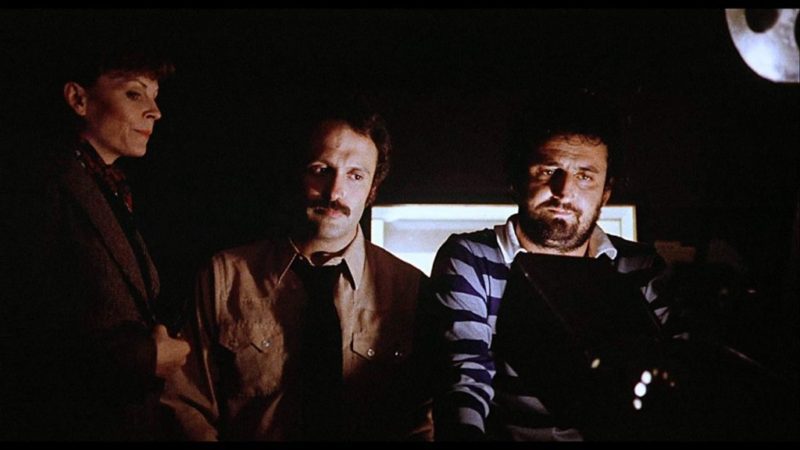
In terms of filmmaking, I firmly believe that Cannibal Holocaust is extremely well done. It feels a little dated, sure, and certainly has the look and feel of a movie made in the 1980s, but it holds up very well. The content might be jarring, but the camera work is not, as the film lacks the motion sickness-inducing handheld filmmaking that’s used in the more modern found footage films. The background music is often peaceful, serene, and beautifully orchestrated, an amusing counterpoint to what’s happening on the screen. The performances are mostly solid. Kerman is excellent as Professor Monroe, and the actors portraying the cocky American documentary crew are extremely dislikable. You’ll grow to hate them quite quickly.
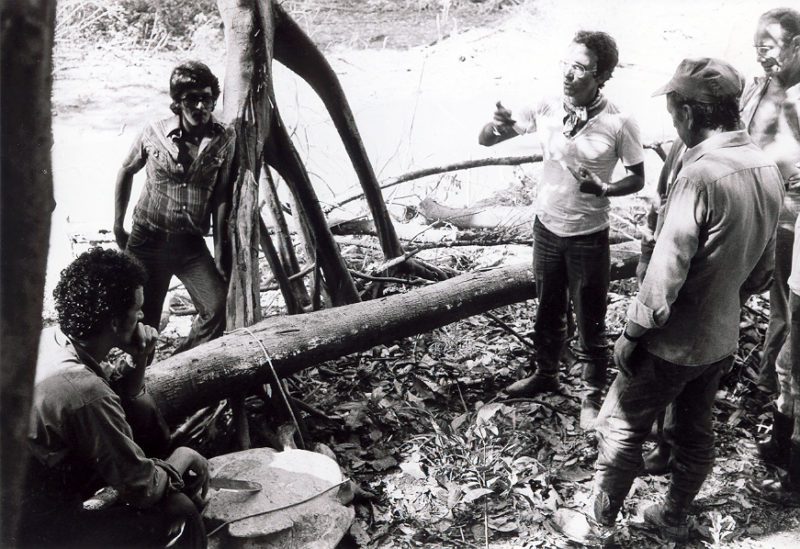
Like many of horror’s most controversial pieces, Cannibal Holocaust actually does have something to say, a point that is often lost in all the indecency. Deodato himself never really considered Cannibal a horror film so much as a sensationalized social commentary. It was intended primarily to be a scathing attack on ethics in journalism, inspired by the Italian news coverage of the Red Brigades terrorist group operating in Italy in the 1970s and ’80s. Deodato believed some of those events to be staged by the news reporters, similar to how the documentary team in Cannibal Holocaust provoked or staged many of the events they were filming. It was also meant to be a commentary on the exploitation of developing, less civilized countries and people of prestige grossly abusing their power. In the most extreme and nihilistic of ways possible, Deodato was warning us against putting our trust in the news and media, and this was in 1980. These themes couldn’t be any more real or relevant than they are in this world right now.
One of the most powerful and poignant moments of the film is its closing line from Professor Monroe: “I wonder who the real cannibals are.” The underlying message of Cannibal Holocaust was quite loud and clear, if you could dig passed the offensiveness enough to hear it.

Regardless of how you view it, Cannibal Holocaust is unquestionably a powerful and captivating force in the history of horror. While extremely uncomfortable to watch, and I assuredly do not condone animal cruelty and some of the methods used here, I personally consider it a masterpiece. There are images from this film that, for better or worse, will be permanently seared into the viewer’s brain for a lifetime. To still be widely regarded as one of the most controversial films ever made 40 years after its release proves its irresistible, fearsome potency. A legacy of depravity, perhaps, but whether you love it or loathe it, you’ll damn sure never forget it.
 PopHorror Let's Get Scared
PopHorror Let's Get Scared

